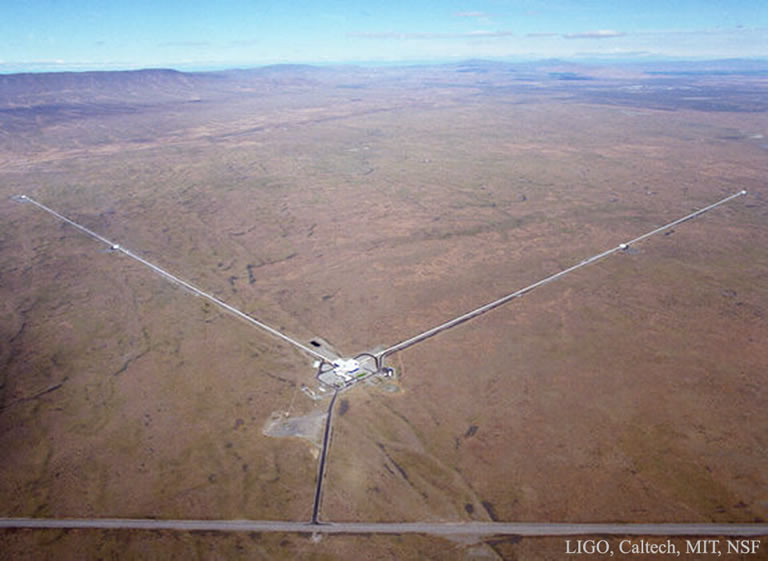Second Gravitational Wave Detection Confirms High Rate of Black Hole Collisions
| Topics
For the second time, it is announced that scientists from the LIGO Scientific Collaboration and the Virgo Collaboration have observed gravitational waves. Once again, the waves were coming from the coalescence and merger of two black holes. But this time the signal was different.

Prof. Flaminio, NAOJ, explains:

It was 3:38 UTC (i.e. 12:38 in Japan) on December 26, 2015, when a gravitational wave was detected for the second time by the two Advanced LIGO detectors. Once again, the gravitational wave signal indicated that it was generated by the coalescence and merger of two black holes. But compared to the gravitational wave detected in September, this signal was weaker and lasted longer. Even though it was weaker, the data processing system had no problem spotting the signal thanks to its long duration and its very characteristic shape.
From the signal duration and the signal frequency at the moment of the collision, we know that the black holes were lighter than the ones detected in September. One of the two black holes had a mass of about 14 solar masses, and the other had a mass of about 8 solar masses. During the collision they released an amount of energy equivalent to the entire mass of the Sun. At the moment of the collision, this event delivered more power than the entire rest of the visible Universe combined. From the data, we were also able to measure the mass and the rotational properties of the resulting black hole: it has a mass equal to 21 times the mass of the Sun and it is rotating like a spinning top.
From the signal amplitudes, we can infer the distance from Earth: about 1.3 billion light-years. From the distance and the detector sensitivity we can guess how frequently these black hole collisions take place in the Universe. The results of these calculation are quite promising. When Advanced LIGO restarts operation later this year with improved sensitivity, it should be able to detect more events. With more detections, we will be able to start mapping the distribution of black holes across the Universe. This will not only provide crucial information on their origin, but will also give us a new tool to study the evolution of the Universe. These collisions can give us information about the mysterious dark energy and dark matter, which constitute most of the Universe but have been undetectable so far.
With only the two LIGO detectors, the ability to determine the locations of these events in the sky remains quite poor. With the start of Advanced Virgo in Europe and KAGRA in Japan we will be able to localize their positions in the sky to within a few degrees. Moreover, with more detectors and better sensitivities we should be able to see other gravitational wave sources like neutron stars, either isolated or in binary systems. Binary systems composed of a black hole and a neutron star are also expected. In this case, the disruption of the neutron star just before the collision will provide new information about the internal structure of the neutron star. This type of collision should also be visible by other types of telescopes. The ability to precisely locate their positions in the sky will be very important for starting truly multi-messenger astronomy.
The first detection was an impressive achievement which rewarded the painstaking efforts of thousands of scientists around the world. With this second observation we are really entering the era of gravitational wave astronomy.